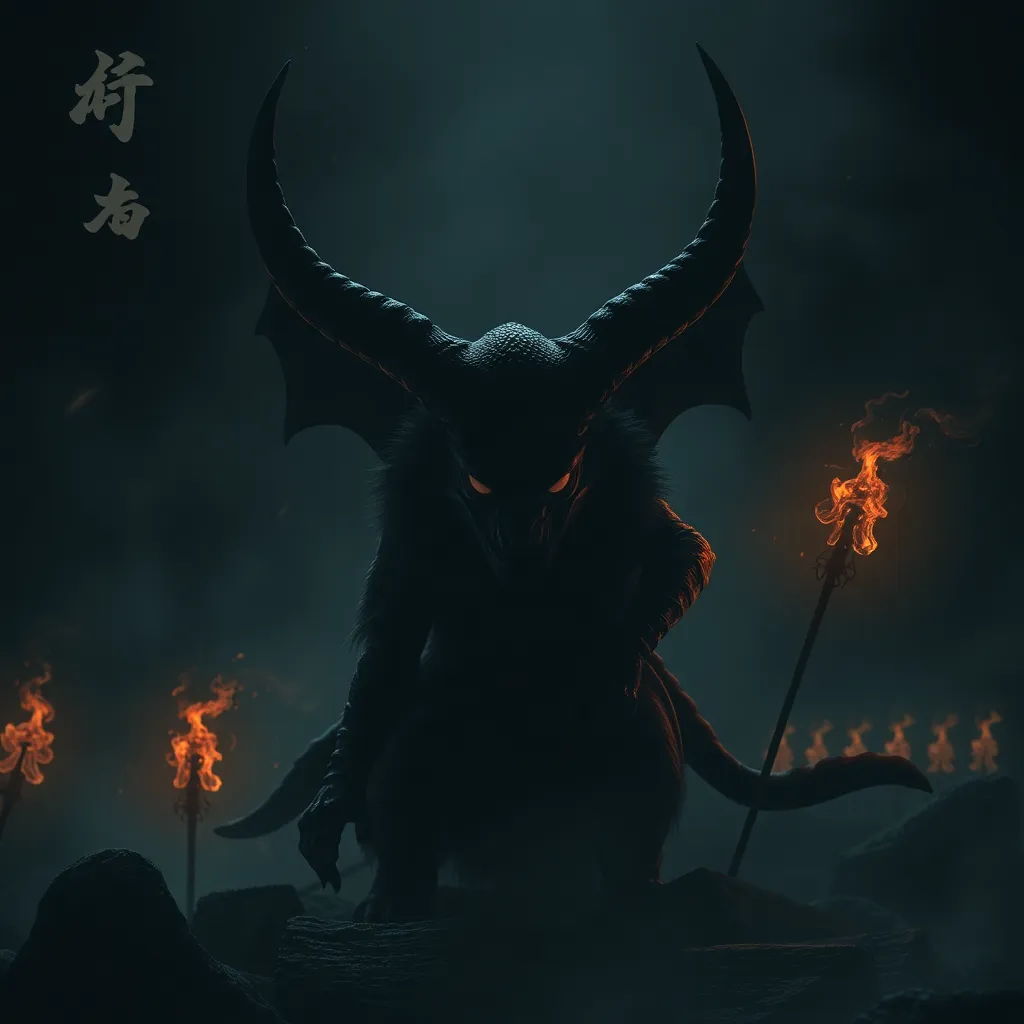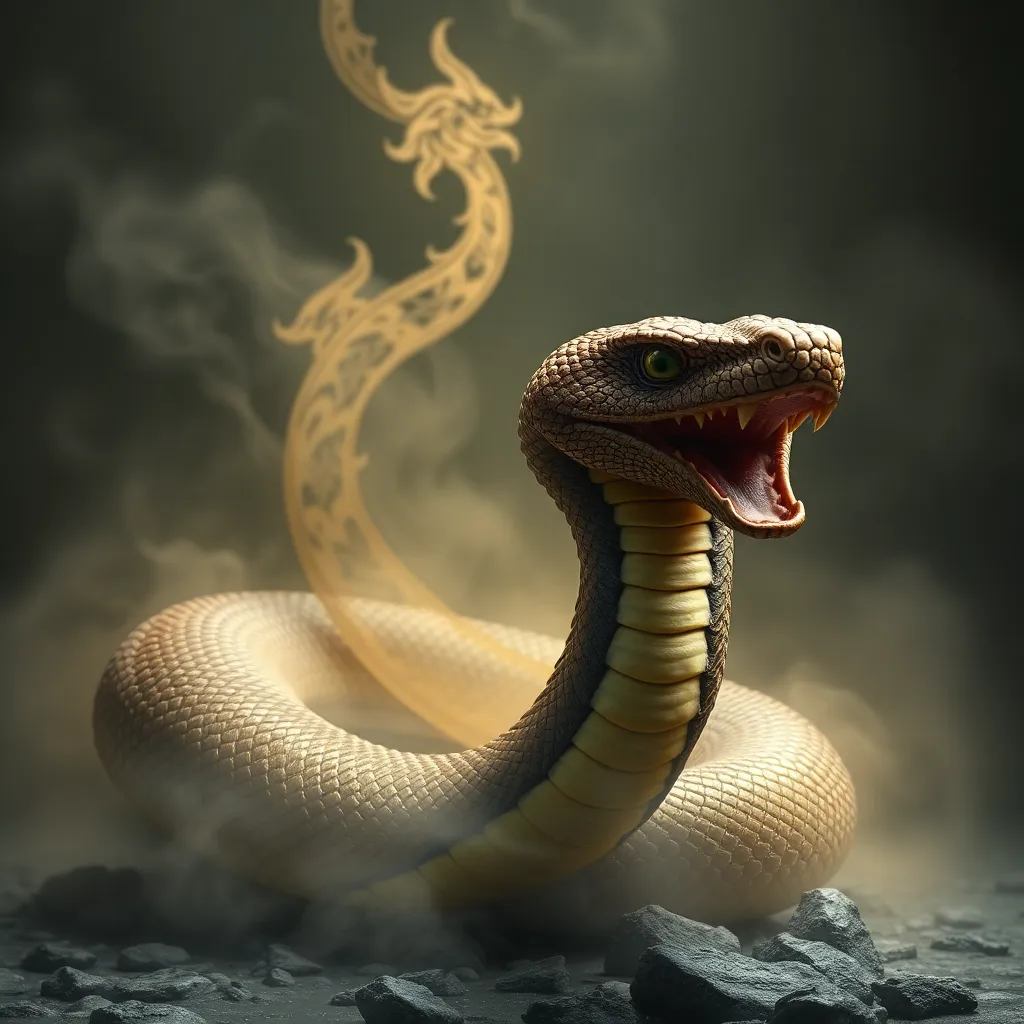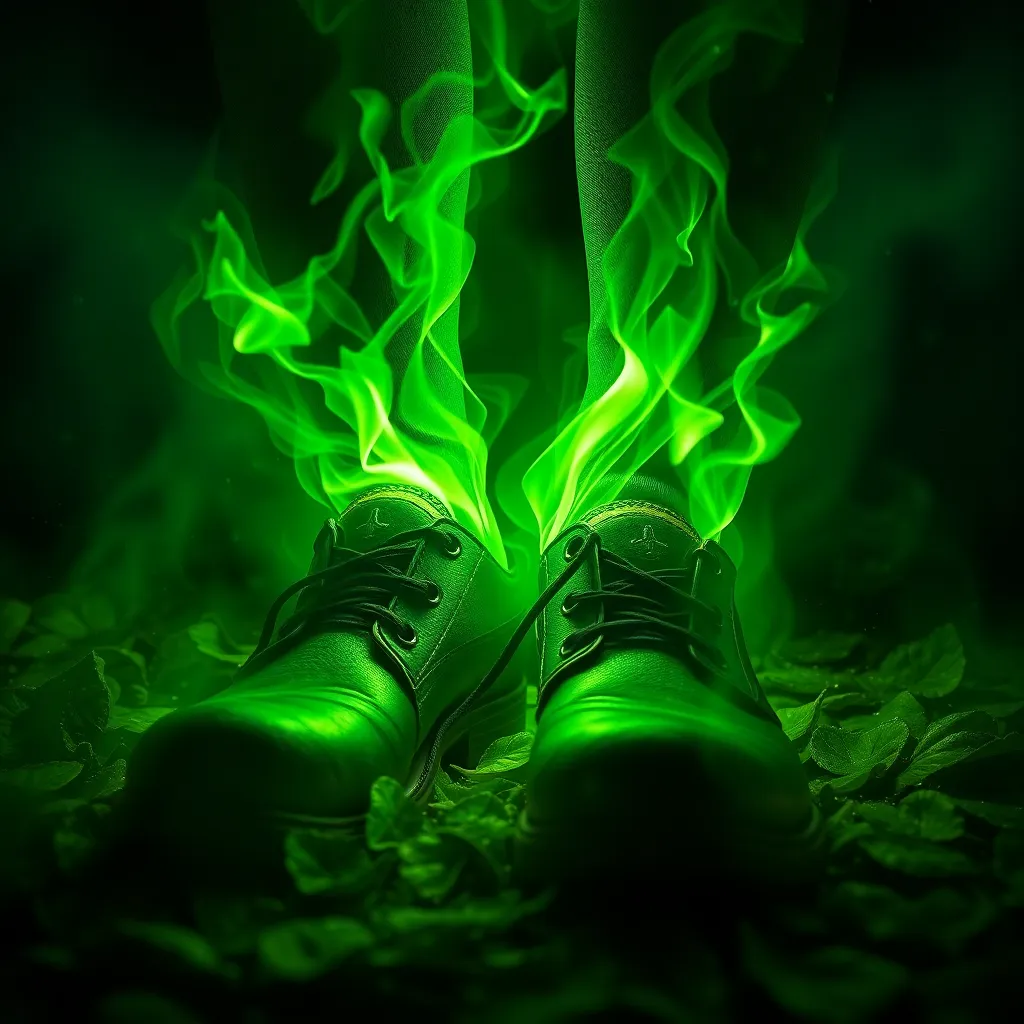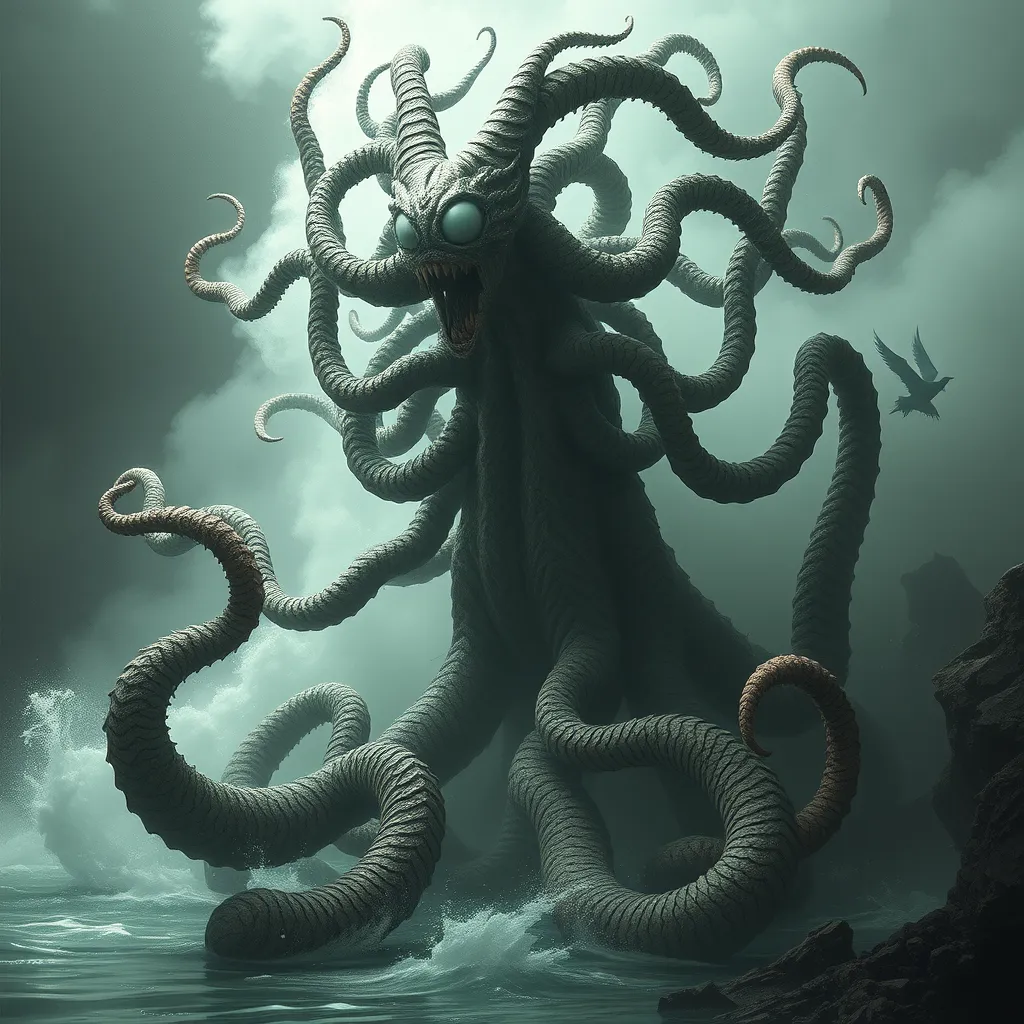Oni in the Shadows: Unraveling the Hidden Tales of Japanese Demonology
I. Introduction to Oni: The Enigmatic Demons of Japan
Oni are a prominent fixture in Japanese folklore, often depicted as fearsome ogres or demons that embody both the destructive and protective forces of nature. Their complex characterizations and roles in various narratives have made them a subject of fascination across generations.
A. Definition and Origin of Oni
The term “oni” can be traced back to ancient Japanese texts, where they are described as supernatural beings capable of great harm. Initially, oni were believed to be the spirits of the dead or manifestations of natural disasters, which evolved over time into the more familiar demon archetype.
B. Cultural Significance in Japanese Folklore
Oni hold a significant place in Japanese culture, symbolizing chaos and malevolence but also serving as guardians in certain contexts. They are often portrayed in stories as adversaries to heroes, representing internal and external struggles within human society.
II. Historical Context of Oni in Japanese Mythology
A. Evolution of Oni from Ancient Times to Modern Interpretations
The portrayal of oni has undergone significant transformations throughout history. In ancient texts, oni were viewed as spirits that inflicted illness and misfortune. Over the centuries, their representation shifted to include elements of humor and mischief, particularly in the Edo period.
B. Influence of Buddhism and Shintoism on Oni Depictions
Buddhism introduced the concept of hell and demonic beings to Japan, influencing the portrayal of oni as guardians of the underworld. In Shintoism, oni are sometimes viewed as protectors of sacred spaces, blurring the lines between good and evil.
III. Characteristics and Attributes of Oni
A. Physical Appearance: Horns, Fangs, and Color Variations
Oni are typically depicted with distinct physical features, which include:
- Horns that protrude from their foreheads
- Long fangs and sharp claws
- Vibrant skin colors, commonly red, blue, or green
B. Powers and Abilities: Strength, Magic, and Transformation
Oni are often attributed with immense strength and magical abilities. They can shapeshift, cast spells, and possess supernatural powers that make them formidable opponents in folklore.
IV. The Role of Oni in Japanese Festivals and Rituals
A. Celebrations like Setsubun: Exorcising Oni from Homes
One of the most notable festivals featuring oni is Setsubun, where people throw roasted soybeans to drive away evil spirits, including oni. This act symbolizes the purification of the home and the ushering in of good luck.
B. Symbolism of Oni in Seasonal Festivals
Oni often appear in various seasonal festivals, representing the changing of seasons and the cyclical nature of life. Their presence serves as a reminder of the balance between good and evil.
V. Oni in Literature and Art
A. Representation in Traditional Folktales and Noh Theater
Oni have been integral to Japanese literature and performing arts, prominently featured in traditional folktales and Noh theater. In these narratives, oni often embody the themes of morality, justice, and the consequences of human actions.
B. Modern Adaptations in Manga, Anime, and Video Games
In contemporary culture, oni continue to captivate audiences through manga, anime, and video games. They are portrayed in various forms, from terrifying antagonists to complex characters with rich backstories, demonstrating their enduring relevance.
VI. The Psychological and Social Implications of Oni
A. Oni as Symbols of Fear and Human Flaws
Oni often symbolize the darker aspects of human nature, including fear, anger, and jealousy. They serve as a reflection of societal anxieties, allowing individuals to confront their own vulnerabilities through storytelling.
B. The Moral Lessons Embedded in Oni Tales
The narratives surrounding oni frequently carry moral lessons, emphasizing the importance of community, compassion, and the need to confront one’s inner demons.
VII. Regional Variations and Unique Oni Legends
A. Distinct Oni Characteristics Across Different Japanese Regions
Oni are not monolithic; their characteristics can vary significantly across regions in Japan. For instance, in some areas, oni are seen as protector deities, while in others, they are viewed purely as malevolent beings.
B. Notable Regional Legends and Their Cultural Impact
Each region boasts its own unique oni legends, such as:
- The Shōjō, known for its beautiful singing voice, found in the Kumamoto region
- The Kintaro, a child oni raised by a mountain witch, celebrated in folklore from the Tōkyō area
- The Yama-uba, a mountain witch associated with the oni in various legends
VIII. Conclusion: The Enduring Legacy of Oni in Contemporary Culture
A. Oni in Modern Media and Popular Culture
Oni have found a new life in modern media, appearing in films, video games, and literature that explore themes of duality and the human condition. Their adaptability ensures their continued relevance in storytelling.
B. The Continued Relevance of Oni in Understanding Human Nature and Society
The enduring legacy of oni in Japanese culture highlights their significance in understanding the complexities of human nature. As symbols of both fear and protection, oni remind us of the delicate balance we maintain in our lives and societies.



